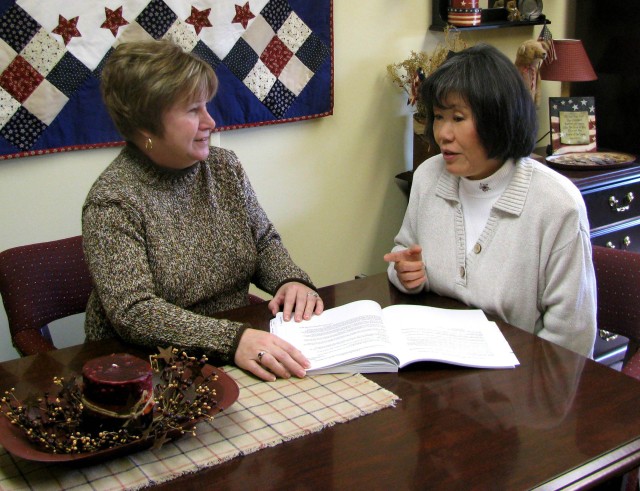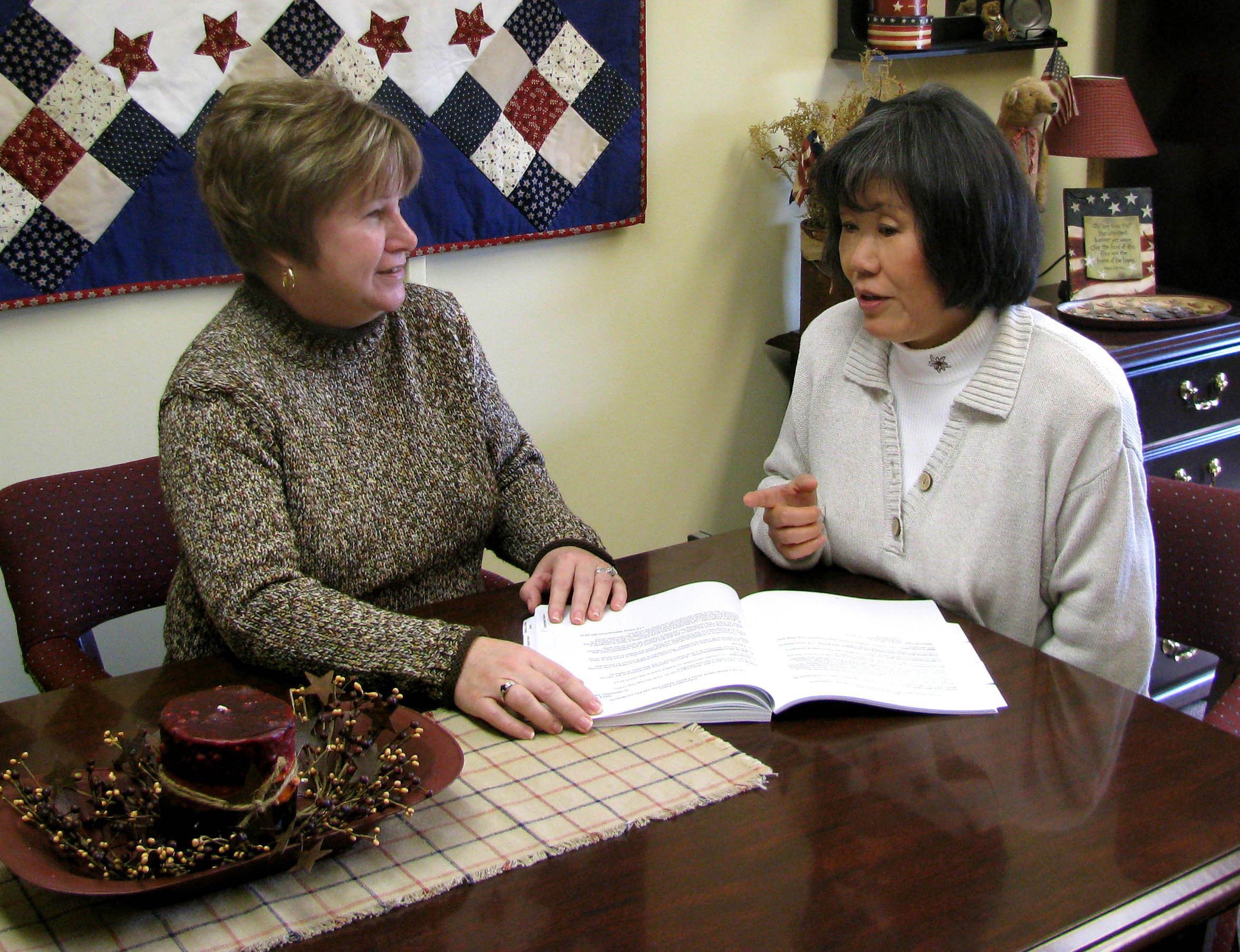The Army Family Action Plan has allowed spouses, Soldiers, dependents and retirees to take their concerns and possible solutions to the top for more than 25 years. Delegates have just returned from the Department of Army level conference Jan. 26-30 in Alexandria, Va.
AFAP began in the late 1970s with spouses looking to solve concerns they had. In 1983, the Army formally adopted it. While the issues have changed over the years, the basic premise and structure of AFAP have not.
"It began with a group of wives trying to help their Soldiers and families," Cathy Hays, quality of life program manager, said. "It has been adapted some, but the core is still the same. That speaks to its effectiveness."
While Redstone's K.C. Bertling has been a longtime volunteer and AFAP delegate, this was her first time attending at the Army level. She was impressed with the other delegates and the process.
"It was very professional," Bertling said. "Things went very smooth."
She said the issues brought up in the work group sessions reflect what is affecting Soldiers and their families.
"There were many issues affecting wounded warriors and deployments," she said.
Active issues identified as critical at the 2009 AFAP involve distribution of Montgomery GI Bill benefits to dependents, paternity permissive temporary duty, in-state college tuition, Better Opportunities for Single Soldiers program funding, military spouse unemployment compensation and the federal hiring process for wounded warriors.
The top five issues of the 2009 conference were:
Aca,!Ac Bereavement Permissive Temporary Duty for Soldiers dealing with the death of a family member. Delegates raised concerns about the ability of a Soldier to adequately mourn for their lost loved one and attend to their family responsibilities in the time allowed by a pass or accrued leave. They questioned how well Soldiers can recover from such a loss without more time. The end suggestion was to create a bereavement TDY category.
Aca,!Ac Official Photographs for all Soldiers. Without an official photo, many Soldiers are identified in the media using personal photos from the family, which may be of questionable quality. Delegates want the dignity and professionalism of each Soldier represented by an official photo showing their head and shoulders.
Aca,!Ac Secure Accessible Storage for Soldiers Residing in Barracks. Concerned about the size and scope of required equipment for each Soldier, delegates discussed the lack of such storage in some barracks and the overcrowding that unstored equipment creates in a Soldier's living space. They recommend separate storage for Organizational Clothing and Individual Equipment items.
Aca,!Ac Shortages of Medical Providers in Military Treatment Facilities. Delegates proposed that staffing in MTFs may not be sufficient to handle their patient load. This can affect the health and readiness of Soldiers, dependents and retirees. They recommend expediting staffing for prioritized needs and exploring new avenues of staff recruitment.
Aca,!Ac Availability of Standardized Respite Care for Wounded Warrior Caregivers. Concerned for the physical and mental well-being of those who care for wounded warriors, delegates recommend uniform availability of information, reimbursement, policy, personnel and location.


Social Sharing